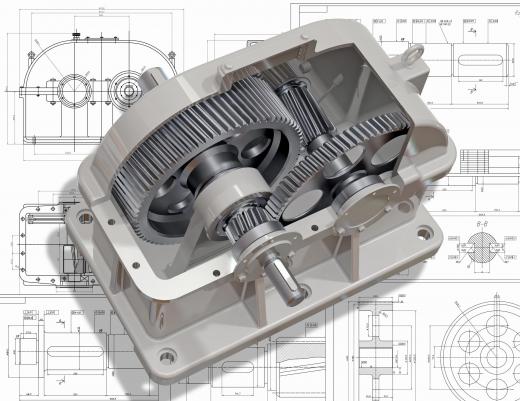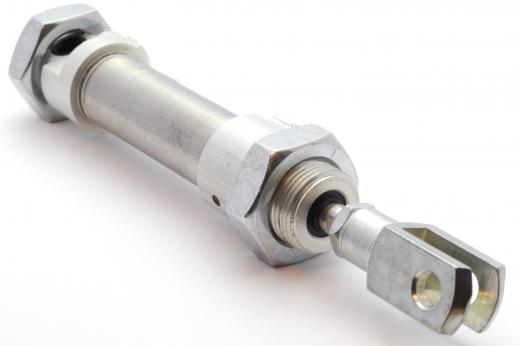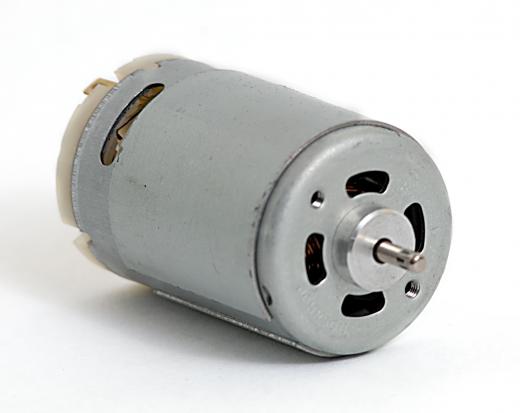While actuators developed for different applications will have some variations, many actuator parts are ubiquitous. Most actuator parts cannot be replaced, but some seals, springs, and the like can, and these are known as wearable parts. An actuator can be very simplistically defined as a device that is designed to convert energy into motion. The device may acquire energy from mechanical, electrical, or potential energy sources and typically produces either linear or rotational movement with a minimum number of components. The main actuator parts are the body, the rod, and the motor.
The body is the central part of the actuator, providing the anchor for the rod and attaching to the motor or other source of energy. The length necessary for the body is determined by the stroke required for the rod. The rod is key, extending in and out of the body, and is driven by the motor or other energy source. Rods vary dramatically in length, girth, and shape dependent upon usage. All of the actuator parts are assembled and placed into a housing, which will then be connected to the other system components.

Seals, gears, and bearings are primary examples of wearable actuator parts. Depending on the design and application of the actuator, there may be a great number of components that can be replaced as they wear out without having to replace the entire actuator. A number of suppliers provide assorted spring packs, fastener kits, and an array of additional electrical components.

If the actuator is powered, it will of course require a power supply, which is typically a 6-pin DC cord. Different types of motors may be used, but DC motors are the most common. Batteries can also be used to provide power. The basic design of an actuator is rather simple, requiring little more than the rod and body. Additional actuator parts, however, such as torque and limit switches, a gearbox, and rod position indicators, may be incorporated as well.

The uses and applications of actuators are virtually endless, as they are highly customizable and can even be built as a do-it-yourself project. They are used in the robotics industry and the automotive industry as well as many other fields. The actuator parts needed to make a simple version at home for use in things like remote control vehicles can often be found in old electronics and devices. For example, many old motors from a microwave or the like will contain the magnetic coil wire that is necessary to produce the rod movement in the absence of, or in addition to, the motor.
